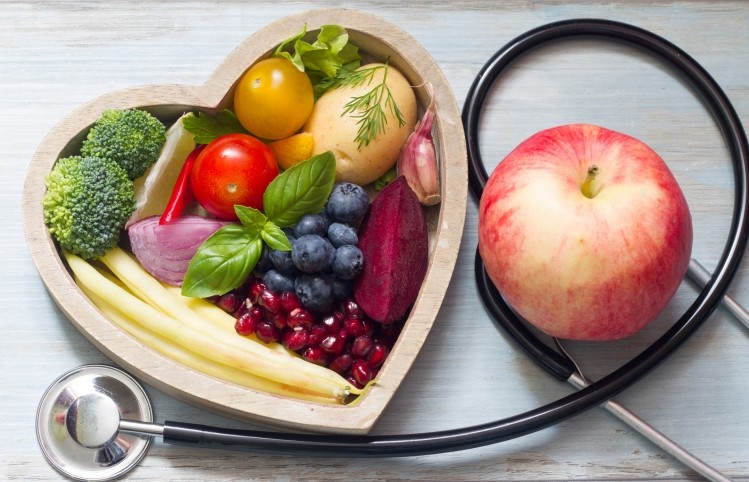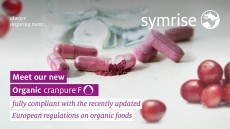Flavonoid intake inversely associated with high blood pressure, but not dose-responsive, according to cohort study

An inverse J-shaped association was noted for total flavonoid intake and hypertension risk, with no association observed in the highest quartile.
“Our findings indicated that dietary flavonoid subclasses, as well as total dietary flavonoid intake, may be beneficial for hypertension risk in a non-linear reverse J- or L-shaped manner in both men and women. In men, these favourable associations may be predominant in the overweight/obese group,” the researchers conclude.
Diet and disease
High blood pressure is a leading risk factor in the development of cardiovascular disease, as well as all-cause mortality, creating a substantial socio-economic burden world-wide. Hypertension has been identified to be prevalent in 30.1% of women and 31.9% in men globally, highlighting the need to prevent and address such cases of high blood pressure effectively.
Interest in flavonoids has been growing rapidly in recent years, with mounting evidence pointing to a myriad of resulting health benefits due to their antioxidant activities. Despite their presence in many of the fruits, vegetables and legumes included within targeted dietary guidelines for such conditions, including the Mediterranean and Dietary Approach to Stop Hypertension DASH diets, there is a lack of studies establishing the relationship between flavonoids and hypertension.
In addition, the available evidence has mostly been collated in western populations, reducing the widespread applicability of the findings due to significant differences in flavonoid intakes within different cultures.
Therefore, the researchers aimed to investigate the associations between the average intake of total flavonoids and the seven individual subclasses with hypertension risk, using Korean participants enrolled in the KoGES_Cardiovascular disease Association Study (CAVAS). Following previous findings observing the influence of obesity status on this potential association, the study also aimed to investigate this.
Flavonoid findings
In addition to the inclusion of participants from CAVAS, the researchers also included subjects from three further rural community cohorts. From these populations, a total of 10,325 adults aged 40 years and older were included at baseline, whilst a further 2,159 newly diagnosed hypertension patients were included during a median follow-up of 4.95 years.
Dietary intake was assessed using a repeated food frequency questionnaire conducted by trained interviewers, whilst examiners obtained repeated blood measure readings and established incidence of hypertension.
Following the calculation of incidence rate ratios (IRRs) with 95% confidence intervals, accounting for estimated error, a nonlinear inverse association between total and seven subclasses of flavonoids and hypertension risk was established.
However, this was not found in the highest quartile. L-shaped associations were established for the subclasses, suggesting stronger associations to hypertension risk than total flavonoids.
The significant inverse relationship was established to a greater degree in men with a higher BMI, specifically for the subgroups of anthocyanins and proanthocyanidins.
Explained
The researchers discuss that the stronger association in obese men may result from the flavonoids suppressing the over-active sympathetic nervous system; a factor that has been found to significantly contribute to hypertension.
With regards to the mechanisms of action, they explain, “Although there is no single mechanism or individual flavonoids to prevent hypertension and CVD, the main biological activities of flavonoids in the etiology of hypertension are enhanced endothelial function, antioxidant activity, anti-inflammatory properties, and antithrombotic activities.”
“In terms of individual flavonoid subclasses, the bioavailability of flavonoids depends on their composition, the total number of hydroxyl groups, and the substitution of functional groups,” they add, hinting that further study is required into the specific types.
Due to the nature of the study design, further RCTs are also required to conclude on a causal effect.
Source: Nutrients
https://doi.org/10.3390/nu15051186
‘Prospective Associations between Cumulative Average Intake of Flavonoids and Hypertension Risk in the CArdioVascular Disease Association Study (CAVAS)’
by Ji-Sook Kong, Yu-Mi Kim, Hye-Won Woo, Min-Ho Shin, Sang-Baek Koh, Hyeon-Chang Kim, Jin-Ho Shin and Mi-Kyung Kim.











